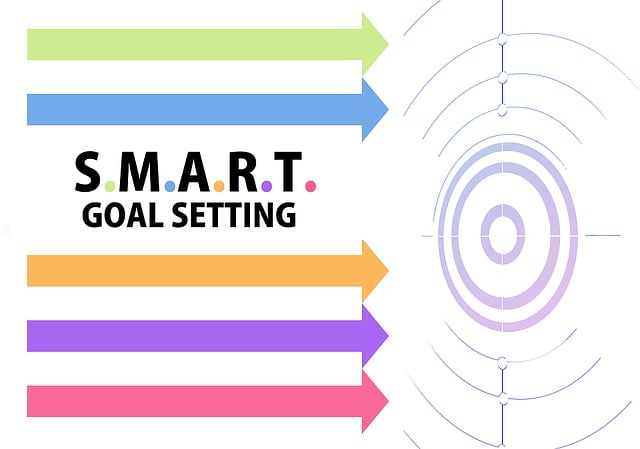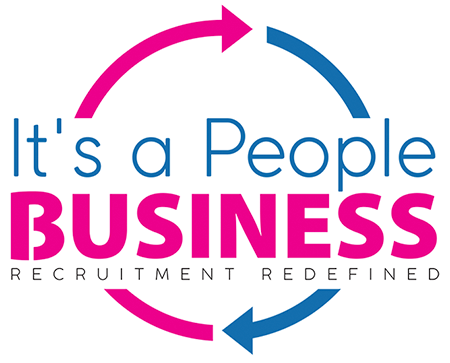
Clear and concise job descriptions are an essential component of any successful business. They help to define the roles, responsibilities, and expectations of employees while also providing a foundation for effective performance evaluations and career development. Despite the many benefits of job descriptions, many business owners struggle to create them effectively. Whether it's due to a lack of time, resources, or understanding, unclear job descriptions can lead to confusion, mistakes, and even legal issues.
Read More: Mastering Talent Acquisition: Strategies and Best Practices for Recruiting Top Candidates
1. Define the role and responsibilities of the position clearly
1. Define the role and responsibilities of the position clearly

Defining job roles and responsibilities is a crucial first step when creating clear job descriptions. As a business owner, it is important to communicate the expectations of the position so that candidates understand what they will be responsible for when performing the job. This not only helps in attracting the right talent, it also sets the foundation for a productive working relationship between the employer and employee. A well-defined job role should include a clear explanation of the position’s purpose, the key duties the employee will perform, and the necessary skills and qualifications required for the position. By defining the responsibilities upfront, employers can eliminate confusion, reduce turnover, and increase job satisfaction among their employees.
2. Use clear and concise language in the job description
2. Use clear and concise language in the job description
Read More: Mastering the Main Stages of Any Recruitment Discussion: A Practical Guide for Employers
When defining job roles and responsibilities, clear and concise language is crucial for a successful job description. Job descriptions written in unclear or ambiguous language can lead to confusion and miscommunication amongst employees and potential candidates. Business owners should strive to use straightforward and specific wording that accurately represents the tasks, skills and requirements of the position. Avoid using overly technical terms or industry jargon that may be unfamiliar to candidates or create ambiguity. A job description should provide a clear understanding of what the job entails, what skills and qualifications are required, and what the expected outcomes are. By using clear and concise language in job descriptions, businesses can save time, resources, and maintain a positive relationship with their employees.
3. Include required qualifications and skills for the position
3. Include required qualifications and skills for the position

Defining job roles and responsibilities is critical to the success of your business. Along with outlining the duties and expectations of the position, it's equally important to include the required qualifications and skills for the job. Doing so ensures that you attract the most qualified candidates to apply for the position and increases the likelihood of hiring someone who can perform the job duties with a high level of efficiency. To include the necessary qualifications and skills, consider what level of education, work experience, and industry-specific knowledge are necessary to apply for the job. Also, identify key skills and abilities that the candidate must possess, such as teamwork, leadership, attention to detail, or proficiency in specific software or tools. By being clear and detailed about the requirements upfront, you can ultimately save time in the hiring process, and hire the best candidate for the position.
Read More: The Future of Work: Predictions for Online Recruitment in the Next Decade
4. Specify the expected outcomes and goals of the position
4. Specify the expected outcomes and goals of the position

In defining job roles and responsibilities, it is essential for business owners to specify the expected outcomes and goals of the position. This not only sets clear expectations for the employee, but it also helps the business achieve its objectives. Clearly defined goals and outcomes allow both the employer and employee to work towards a common goal, ultimately resulting in more efficient and effective performance. These outcomes and goals should be specific, measurable, achievable, relevant, and time-bound (SMART). It is also important to regularly review and revise these expected outcomes and goals to ensure they align with the needs of the business and the employee’s performance. By clearly defining the expected outcomes and goals of a job position, business owners can effectively communicate the responsibilities of the role and support the achievement of the organisation’s overall strategy.
5. Review and revise the job description regularly to ensure accuracy and relevance.
5. Review and revise the job description regularly to ensure accuracy and relevance.

Defining job roles and responsibilities is an essential step in building a successful team that meets your business needs. One key component of this process is creating accurate and relevant job descriptions that clearly communicate the duties and expectations of each position. However, simply creating a job description isn't enough. Your business needs may evolve over time, and employees may take on new responsibilities or roles. Therefore, it is essential to regularly review and revise the job descriptions to ensure they accurately reflect the duties and requirements of each position. By doing so, you can ensure that your team is equipped to meet your business needs and can develop a culture of accountability and clarity around roles and responsibilities. Regularly reviewing and updating job descriptions can also facilitate effective communication between management and employees to ensure that expectations for each position are clearly understood.
Conclusion
In conclusion, crafting clear job descriptions is an essential task for business owners. A job description should effectively communicate what the role entails and the responsibilities of the employee. Business owners must consider both the hard and soft skills necessary for the job, be concise in their language, and continually review and update job descriptions to reflect changes in the business. By following these strategies, business owners can attract qualified candidates and ensure alignment within the organisation, leading to a more productive and successful workforce.
As a call to action, we encourage you to reach out to It's a People.Business for expert guidance and support in implementing these best practices. Our team of recruitment professionals can help you develop a cost-effective and efficient hiring strategy that aligns with your business goals. Contact us today to learn more and take the first step towards building a strong and talented team for your small business.
Read More: The Benefits of Working with a Flat Fee Recruiter
